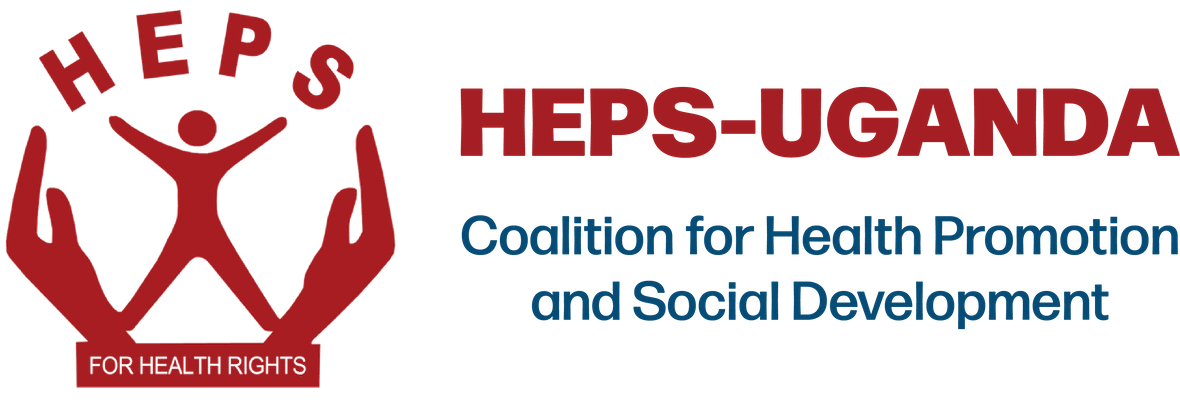HEPS-Uganda in conjunction with Ministry of Health regularly brings together importers of malaria commodities to discuss issues of quality and prices in a bid to have quality, affordable to the population. Recently there have been reports of untreated mosquito nets that are illegally being imported into the country.
Speaking during a national dialogue on importation of quality malaria commodities held in Kampala in November last year (2018), Dr. Diana Atwine, the Ministry of Health Permanent Secretary cautioned importers against importing untreated mosquito nets and over pricing of malaria Rapid Diagnostic Tests.
Atwine told participants that she had written to the commissioner general, Uganda Revenue Authority (URA), Doris Akol requesting for the ban on non-quality assured malaria rapid diagnostic tests (mRDTs) and non-long lasting insecticidal nets (LLINS).
The commissioner then wrote to all customs officers to refer all mRDTs to National Drug Authority (NDA) and LLIN imports to Uganda National Bureau of Standards (UNBS) before clearance.
“Bringing in untreated mosquito nets beats the purpose; it means those who access such nets are not protected from the parasite, and stand high chances of falling sick with malaria, making it hard to eliminate the disease we are working so hard to do away with,” Atwine points out
“We need to have treated nets not only for the beds but also for the windows that is how we are going to deal with malaria. The President is annoyed with us, he thinks we are not serious in the fight against malaria,” she adds.
Strategies to end malaria
The Uganda Malaria Reduction Strategic Plan (UMRSP) 2014-2020 sets out Indoor Residual Spraying, sleeping under a Long Lasting Insecticide treated Net and Test, Treat and Tracking of malaria case as the major strategies to achieving a Malaria Free Uganda by 2030.
Through the implementation of these interventions, Uganda has made great strides in reduction of malaria related mortality and morbidity.
The prevalence of malaria reduced from 42% in 2009 to 19% in 2014 (UMIS 2009, UMIS 2014). Furthermore, the Mid Term Review (MTR) of the UMRSP showed a reduction in malaria deaths from 30/100,000 population in 2013 to 13/100,000 population in 2017. However, the MTR showed a general increase in the incidence of malaria cases across the country.
“Implementation of these interventions has been hindered by non- quality commodities on the market, more so in the private sector where about 50% of malaria cases are treated and managed as a result of gaps in the quality control mechanisms,” says Atwine
While the quality assurance systems for malaria commodities in public sector are clear and adhered too for the most part, the QA systems for malaria commodities in the private sector are generally weak allowing room for inadequate quality tests, treatment practises and other malaria commodities (mRDTs, LLINs, antimalarials, Public Health Insecticides) in the private sector.
For several decades, malaria has been the leading cause of sickness and death in Uganda, claiming over 150 lives daily.
Recently, the World Health Organisation (WHO) released a report which revealed that global efforts in fight against malaria have hit a snag as it reported there were more cases of the killer disease in 2017 than the previous year.
The report showed that the number of malaria cases climbed to 219 million last year, two million higher than 2016, while international funding has declined.
Further still, the report indicated that five countries accounted for nearly half of the cases: Nigeria (25 percent), DR Congo (11 percent), Mozambique (five percent), and India and Uganda with four percent each.
Statistics
Millions of people continue to suffer from malaria every year globally, although there has been significant progress in scaling up access to bed nets, antimalarials, and other preventative measures, malaria stills claims the lives of over 400,000 people in the world’s poorest countries every year.
Around 90% of estimated deaths from malaria happen in sub-Saharan Africa, which Uganda is among; many of them are young children. To address this, the World Health Organization has set a target to cut malaria cases and deaths by at least 90% by 2020.







